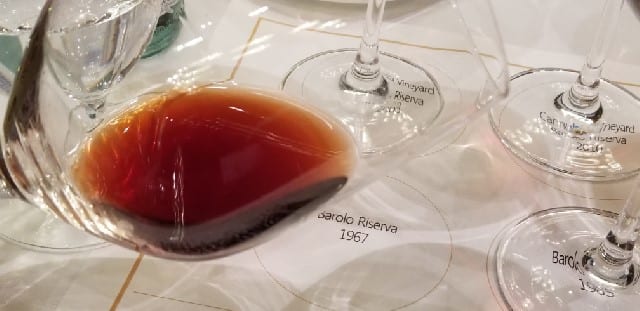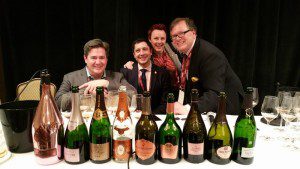Giacomo Borgogno – The Original Barolo
This story originally appeared in the Napa Valley Register.
Barolo. Just saying the name sounds important. It sounds regal. It sounds strong. When I lived in the Piemonte area in Italy shortly after college, I knew very little, if anything, about wine. But on the table at every meal, I was drinking Dolcetto and Barbera on a daily basis. It was on special occasions that my friends would pull out a bottle of Barolo. I did not have the vocabulary to describe wine. But I knew that this was a special wine.


At Pebble Beach Food and Wine, a panel of sommeliers lead a discussion of Barolo as we sat down for a tasting of the Giacomo Borgogno wines from 1967 to 2010. Founded in 1761, Giacomo Borgogno is the father of Barolo, the original Barolo producer. He was the first to put the local wine into a bottle and commercialize it, beginning the legacy. The Borgogno family managed the estate for 247 years until 2008 when they sold it to the Farinetti family and a new evolution for the winery began.
Barolo has always been a classic wine, considered one of the best. The name implies a big, bold wine, but in the glass, the lack of a deep color contradicted this.
24 May, 2018






